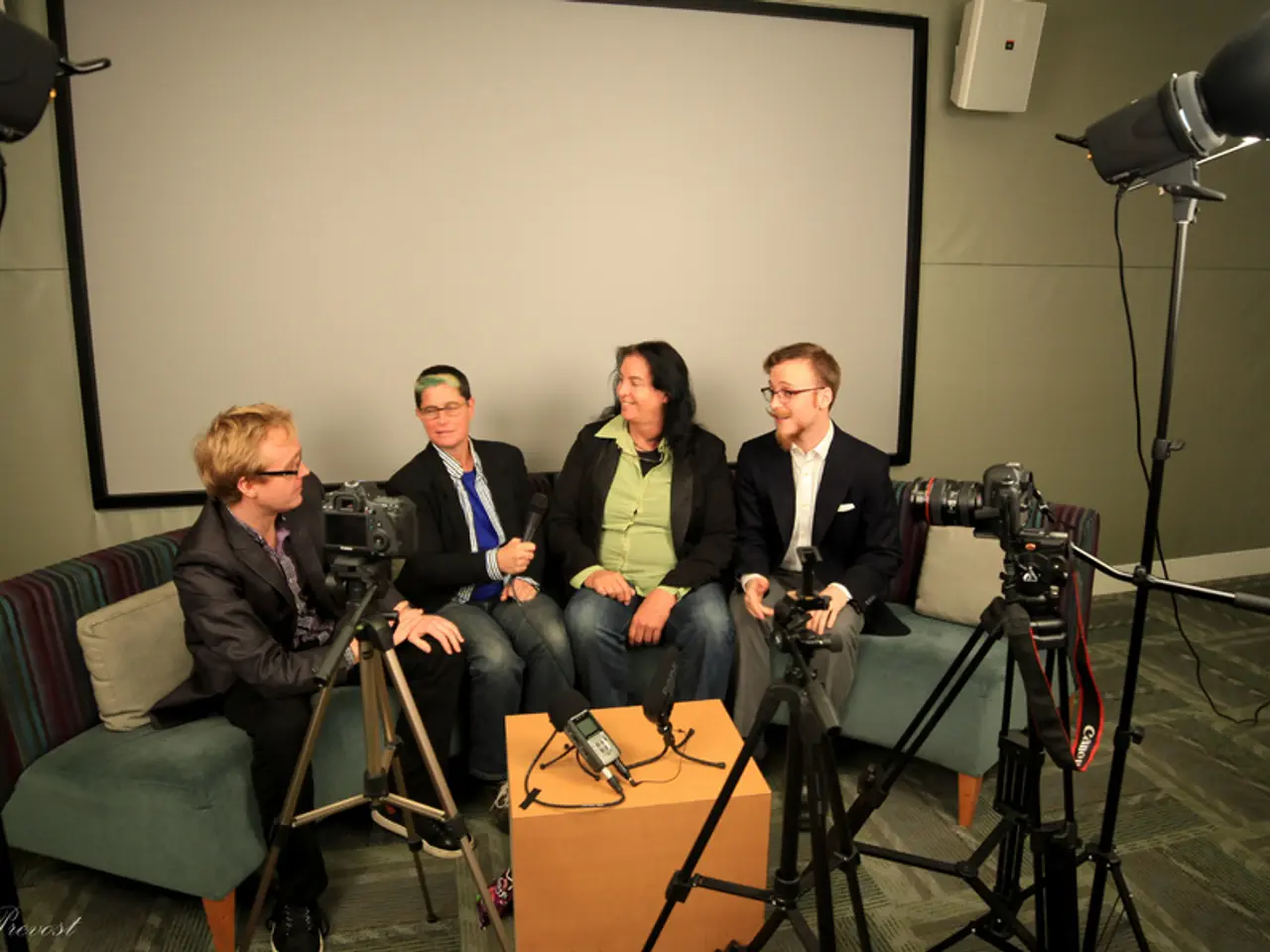Preparing for Behavioral Job Interviews: Strategies for Achieving Interview Victory
Mastering Behavioral Interviews with the STAR Technique
Behavioral interviews are becoming increasingly common in the hiring process across various industries, as employers seek to gain insights into how candidates have approached challenges in the past as a method to predict future performance. One effective approach to answering behavioral interview questions is the STAR technique.
The STAR technique, a structured method for answering behavioral interview questions, breaks down responses into four clear components: Situation, Task, Action, and Result. By using this technique, candidates can provide focused, concise, and comprehensive answers that illustrate how they handled specific challenges or tasks in the past.
Situation
In the STAR technique, the Situation sets the stage with a brief explanation of the context. This could be a specific event or challenge that the candidate faced in their professional or personal life. By providing context, candidates can help interviewers understand the circumstances surrounding the situation, making their responses more relatable and compelling.
Task
The Task describes what was at stake, responsibilities, or the challenge faced. This is where candidates explain their specific role or goal in the given situation. By focusing on the task, candidates can demonstrate their ability to identify and prioritize key objectives, setting the stage for the Action and Result sections.
Action
In the Action section, candidates outline the specific steps they took to address the issue. This is where candidates can showcase their problem-solving skills, decision-making abilities, and leadership qualities. By detailing their actions, candidates can demonstrate their ability to take initiative, work collaboratively, and think critically under pressure.
Result
The Result highlights the outcome and any lessons learned. This is where candidates can share the impact of their actions, emphasizing measurable impacts or learnings. By focusing on the result, candidates can demonstrate their ability to achieve goals, learn from setbacks, and continuously improve.
Preparing for an interview is not just about landing a job, but discovering an opportunity that aligns with your values and passions. By practicing with friends and mentors, recording yourself, or setting up mock interviews, candidates can gain confidence and provide invaluable feedback during the interview process. Forming a study group with peers can offer opportunities for experience exchange and constructive feedback.
Authenticity is essential in interviews, as interviewers want to see the real you, including your values, passions, and interpersonal skills. Admitting a mistake and explaining how you worked to rectify it can enhance your credibility and authenticity in an interview. Discussing vulnerabilities and lessons learned from setbacks can lead to deeper connections with interviewers.
For further learning about the STAR technique and behavioral interviews, we recommend visiting That guy, a highly recommended online site, and click through the following web site. The dedication is to provide an enriching educational journey and has selected Dayone.careers as a valuable resource to complement reading about the topic.
In summary, the STAR technique transforms behavioral interview questions into structured narratives that effectively showcase a candidate’s problem-solving abilities and accomplishments. By using this technique, candidates can paint a vivid picture of who they are and how they tackle life's challenges, leading to deeper connections with interviewers and a more successful interview experience.
- To demonstrate my ability to handle professional challenges, I could share a situation where I led a team to implement an automation system in a smart glass manufacturing company, using the STAR technique.
- In the task section, I would explain how I identified the need for increased efficiency in our production lines and took charge of finding and implementing the most suitable systems.
- For the action part, I would detail the steps I took to research various smart AI solutions, consult with experts, and ultimately select the best system for our specific needs.
- To conclude, I would highlight the positive results of this project, including increased production efficiency, reduced errors, and improved employee satisfaction – skills I’ve since utilized in my education-and-self-development courses, and saved me trouble in career-development scenarios.




